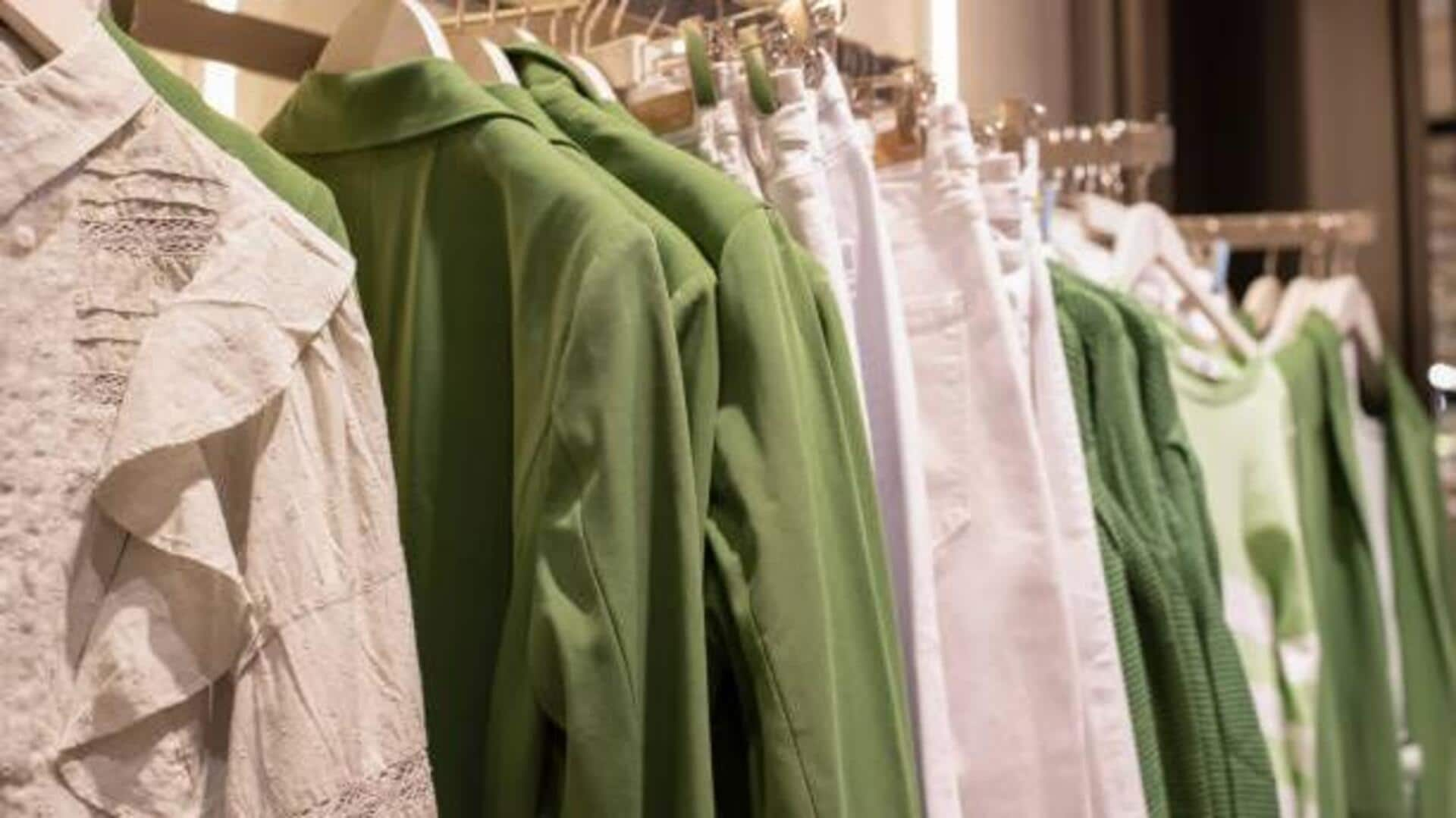
How eco-friendly fashion is redefining style
What's the story
African eco-fashion is taking off as designers go green while getting colorful. The movement emphasizes on using eco-friendly fabrics, empowering local artisans, and fair production practices. The outcome is a colorful medley of clothes that celebrate Africa's cultural richness and save our planet. With more shoppers opting for conscious clothing, African eco-fashion presents an exciting opportunity to wear style with sustainability.
Natural materials
Embracing natural fibers
Increasingly, African designers are looking towards natural fibers such as cotton, hemp, and bamboo to create their masterpieces. Not only are these fabrics biodegradable, they also consume less water and energy to produce, as compared to synthetic ones. By opting for natural fibers, designers limit the environmental footprint of their collections and provide comfortable, breathable clothing options.
Artisan collaboration
Supporting local artisans
Collaboration with local artisans is at the heart of African eco-fashion. Designers collaborate with skilled craftspeople to weave in traditional techniques like weaving, dyeing, and embroidery into modern silhouettes. The partnership not only preserves cultural heritage but also gives economic opportunities to communities across the continent.
Waste reduction
Upcycling fashion waste
Upcycling is yet another trend within African eco-fashion where designers create new garments from discarded materials. By repurposing textile waste or creatively using leftover fabric scraps, they reduce landfill contributions and promote resource efficiency. This way, they end up making unique pieces that tell stories through their innovative use of materials.
Ethical standards
Promoting ethical production practices
Ethical production practices lie at the core of African eco-fashion efforts. Designers prioritize fair wages for workers, along with safe working conditions. This care extends all the way from the supply chain process of sourcing raw materials to the final garment assembly stages. They ensure transparency and accountability at every step of the way. This ensures everyone involved benefits fairly and equitably. It also prevents exploitation or harm to the environment and society alike.